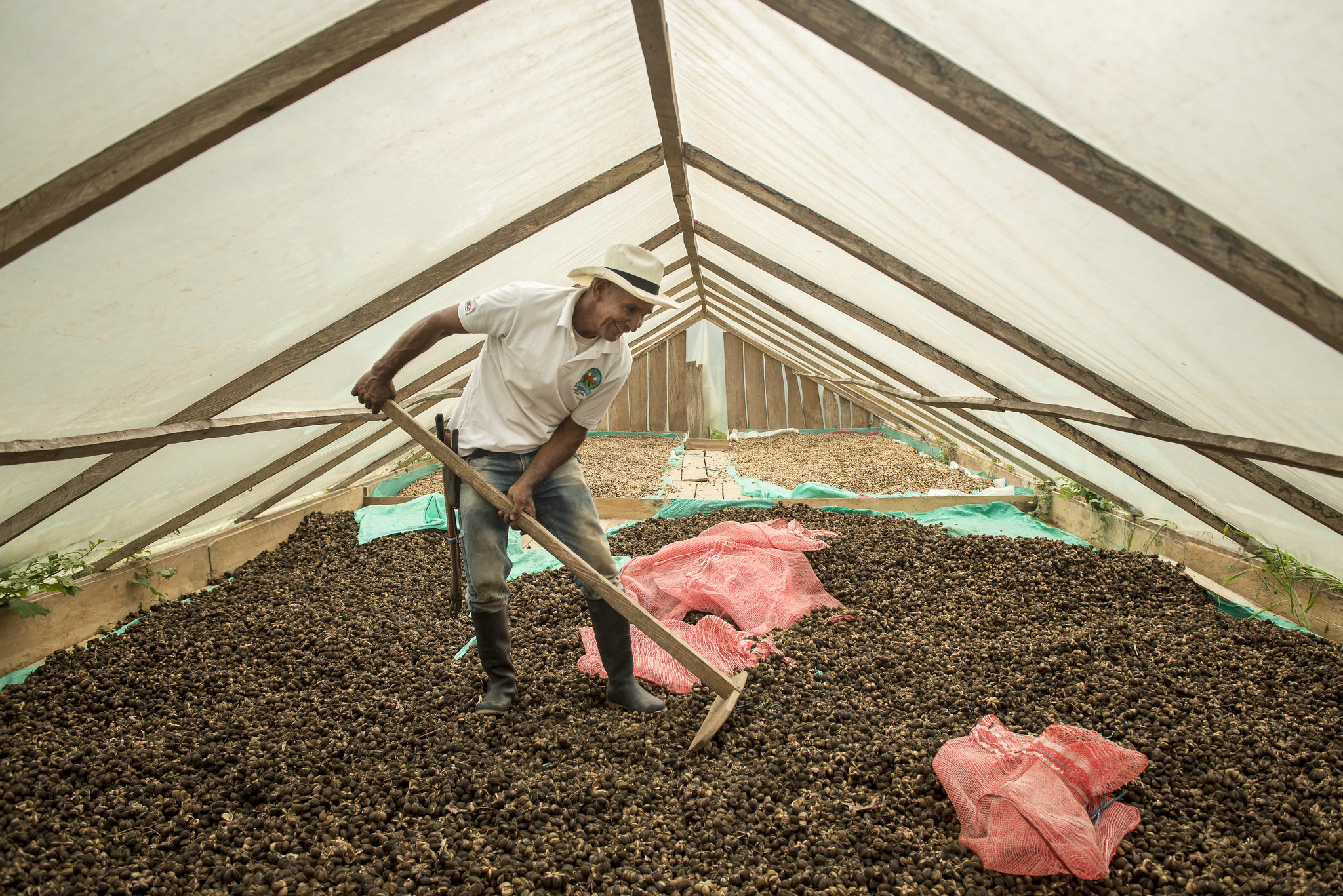New bio-economy taking root in forests
The current way many people use nature to produce products such as food, cosmetics or clothing is by almost any measure, untenable. What needs to happen to transform our global economy into one based on the sustainable use of biological resources? Roy Parizat, Fund Manager for the World Bank’s BioCarbon Fund Initiative for Sustainable Forest Landscapes shares some thoughts.

Photo: Nadège Mazars / World Bank
You don’t need to be a forester or conservationist to understand how widespread deforestation and forest degradation are playing a role in accelerating biodiversity loss across the planet. Tropical forests contain up to two thirds of the Earth’s species of plants and animals, but not nearly enough is being done to protect them.
A 2019 global assessment report from the UN’s Intergovernmental Science-Policy Platform on Biodiversity and Ecosystem Services concluded that biodiversity is declining globally at rates unprecedented in human history, with about one million species now facing extinction.
Another climate change and land report from the Intergovernmental Panel on Climate Change concludes that people are driving this biodiversity loss and accelerating the climate breakdown. The data show that agriculture, forestry and other types of land use account for nearly one quarter (23%) of human greenhouse gas emissions.
A global imperative to reduce these trends to transform our economy
To transform our global economy into a more sustainable one, we can focus on the idea of a ‘bio-economy.’ A new approach to how we can produce, use and conserve biological resources rests on three main pillars, each firmly rooted in forests and sustainable land use.
We need adequate demand for sustainably produced products.
Encouragingly, that demand appears to be hitting critical mass. According to the United Nations Conference on Trade and Development, the global market for products sourced sustainably from biological resources was estimated to be about US$ 4.3 billion in 2015, up from $ 40 million in 2003.
We need to scale up country and private sector efforts to shift to more sustainable forest and land use.
Programmes that have the most success with this shift are often ones that have biodiversity protection and enhancement built into their strategies and implementation. Take, for example, a Colombian company that prides itself on “taking a Colombian nut from our biodiversity to the world.” The company is working with local farming communities in the Orinoquia region to sustainably develop and scale up production of cacay nuts from a native tree species. These protein and vitamin-rich nuts are used to produce cacay oil that is highly valued and used in dozens of food and cosmetic products. One ounce of high-quality cacay oil can fetch over $ 30 in the US.
Other farming groups in Orinoquia are scaling up production of Colombia’s sacha inchi nut. Known as the Inca or mountain peanut, this increasingly popular seed can be eaten whole as a nutritious snack or turned into an oil rich in proteins and vitamins.
Beyond their health benefits, cacay and sacha inchi nuts are opening up sustainable and legal income streams for rural farming communities in Colombia that were once dependent on illicit coca cultivation for their livelihoods. Both crops are also helping to restore degraded land and reduce emissions from deforestation.
 Photo: Nadège Mazars / World Bank
Photo: Nadège Mazars / World Bank
Cacay and sachi inchi producers in Colombia are among several potential beneficiaries of Colombia’s recently launched programme with the World Bank’s BioCarbon Fund Initiative for Sustainable Forest Landscapes (ISFL). The ISFL programme in Colombia seeks to catalyse partnerships between the government and private sector in the Orinoquia region to promote and scale up sustainable business practices, and to reward sustainability through payments for reducing emissions. These types of public-private collaborations are good for business and biodiversity.
We need to ensure that sustainability commitments translate into action on the ground.
Many corporate giants are striving to hit their deforestation-free supply-chain commitments. But businesses and industries need help bridging the gap between their high-level corporate pledges and operations on the ground. Companies, government, and local stakeholders must work together to address legality, transparency, and monitoring issues that can stymie progress.
Technical and financial partners such as ISFL can help connect the dots and take it to the next level – the jurisdictional level. By combining efforts, we can move from greening single supply chains to increasing productivity and reducing deforestation over entire regions and over the long term. It is here where biodiversity and the new bio-economy will thrive.
—Guest web story by Roy Parizat, Fund Manager for World Bank BioCarbon Fund Initiative for Sustainable Forest Landscapes



